Campo di Marte | Enrico Rosa | Interview
Campo di Marte formed in 1971 in Florence by guitarist and composer Enrico Rosa. He composed and arranged the music of the album recorded in January 1973. Rosa used, as he does today, various sounds and combinations of acoustic and electric instruments as french horn, flutes, strings, organ, acoustic and electric guitar, drums, percussion and electric bass.
Their 1973 album consist of Mauro Sarti (drums, percussion, flute), Alfredo Barducci (french horn, flute, piano, organ), Carlo Felice Marcovecchio (drums, percussion), Paul Richard (bass and vocals) and Enrico Rosa (acoustic guitar, electric guitar, mellotron, vocals). In 2003 Campo di Marte has been reformed by Enrico Rosa for some concerts in Tuscany – Italy and for the recording of a live CD ‘Concerto Zero’ which has been the new start of Campo di Marte.
“To write music that was different from what other bands played at that time”
How did it all started?
Enrico Rosa: The original Campo di Marte came to life in Florence. I performed at the Space Electronic club in 1971 with a band Senso Unico. I wrote the music and arrangements for most of the material we played. There I met some musicians from a band called Zero. They were a house band for Space Electronic club. Future drummer and flutist, Mauro Sarti of Campo di Marte already played with bassist Richard Ursillo and organ player Carlo Alfredo Barducci. Barducci originally studied french horn at the conservatory in Florence. At the same time a very famous Italian pop band Califfi disbanded and their drummer Carlo Felice Marcovecchio wanted to be a part of our new band. Those guys contacted me to help them write and arrange the music, as well as to play guitar. In the meantime some of the musicians from Senso Unico had to leave due to military service. I decided to move to Florence to begin writing new music.
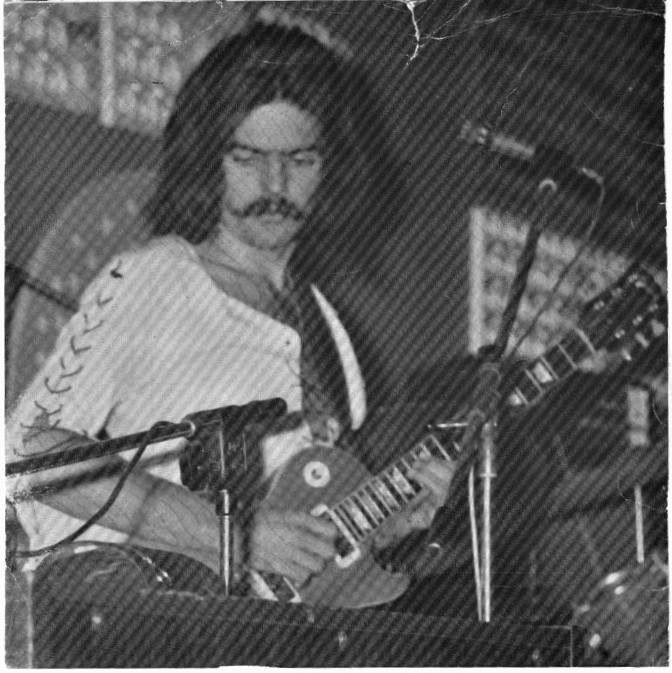
To share some words about my background, my grandfather was a pianist as well as a church organist and my father studied music and medicine. When the war started in 1945, he got a job at Alfa Romeo in Milan. That was that.
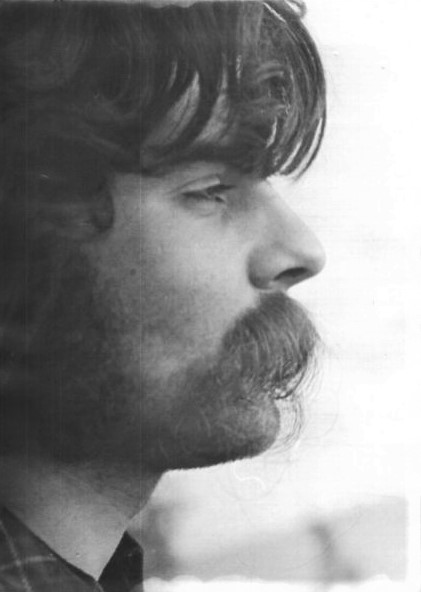
I started playing early and studied harmony and composition and was fascinated by many instruments, but guitar was what I could afford with my own money. My mother didn’t want me to become a musician. We didn’t agree, “I did it my way”.
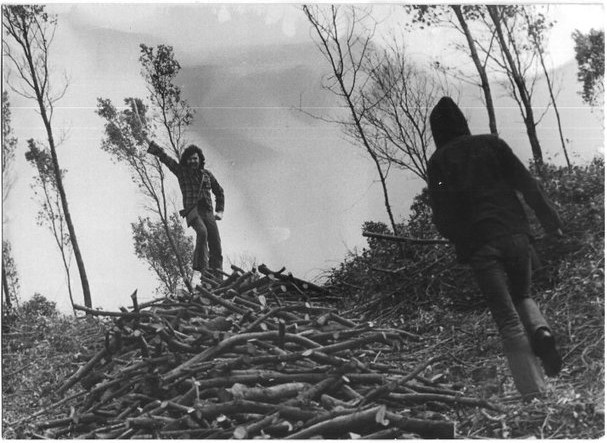
When did you begin playing music?
We had a grand piano at home which I played as a child. Sadly it took too much place so suddenly it was gone. At Christmas I got some money and I bought what I could afford, a guitar.
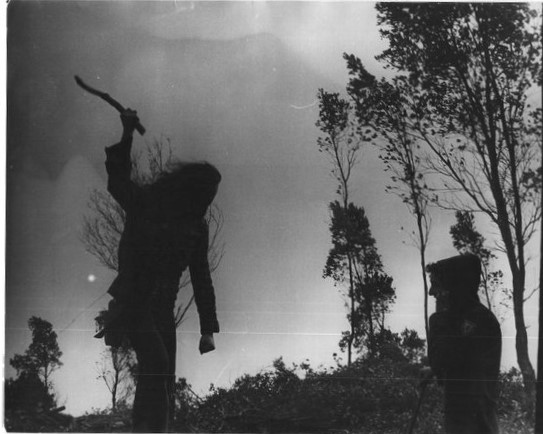
When I was 10 years old my approach to the instrument was mostly listening to classical and jazz pianists, as well as violinists and saxophonists. I have never liked guitarists because they didn’t sounded good and their technique wasn’t as developed. I worked a lot to develop a technique to master the instrument… I wanted to sound polyphonic as the piano as well as flowing as saxophone and violin, therefore my musical influence came from musicians such as pianists Herbie Hancock, Chick Corea, Oscar Peterson, Bill Evans, as well as saxophonist Charlie Parker, trumpet players Dizzy Gillespie, Miles Davis, and violinist Jean-Luc Ponty.
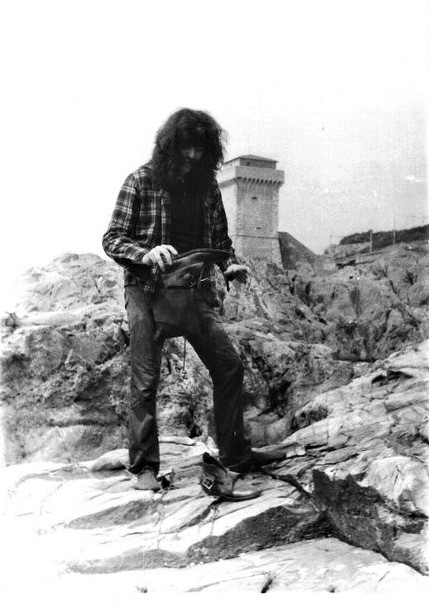
What bands were you with prior to the formation of Campo Di Marte?
I started playing with professional bands when I was just 15 years old. First at the American Base, Camp Darby between Pisa and Leghorn. The band consisted of teachers at the music academy. They were playing jazz standards. They couldn’t find a guitarist able to play the harmonies of the tunes they were playing with a section of alto saxophone, tenor saxophone, trombone, double bass and drums.
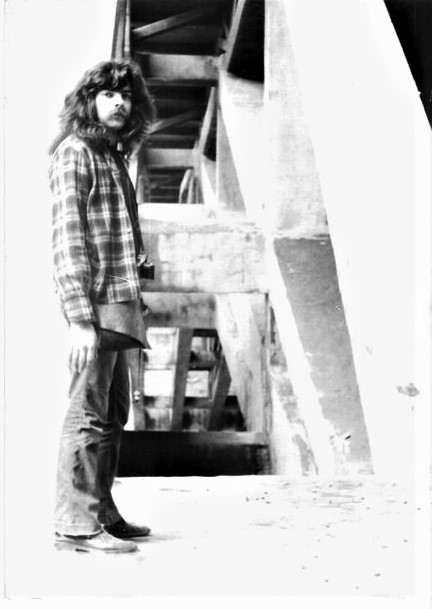
The trombonist was always forced to play the piano for the harmonies but when he did that there was missing a trombone voice in the arrangements so I came in. Collaborating with other orchestras include at the Theatre where you have to read music. This was at the second half of the sixties and it was almost impossible to find guitarists able to read. Then as I said, Senso Unico playing kind of crossover instrumental music, then La Verde Stagione, Simba and in addition I was very active in studio sessions despite my young age.
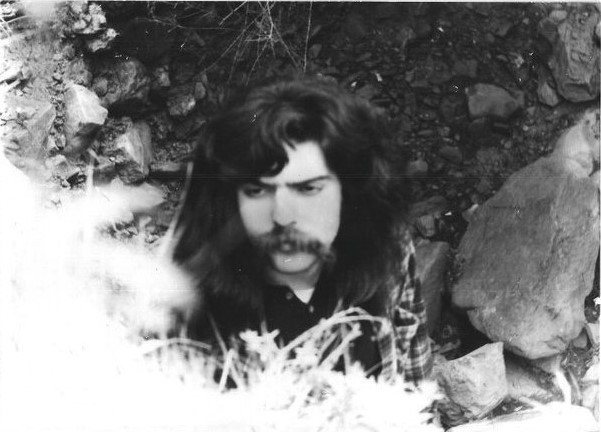
Can you elaborate on the formation of Campo Di Marte?
We started with the formation of two drummers. One could play a bit of flute, a bass player used to play mostly blues, a piano / organ player was educated musician on french horn with a good knowledge of flute and myself. I started meeting with Carlo Alfredo Barducci. I could write everything on notes and prepare parts where he could play the french horn or the flute in some parts as well as decide when we will use the drummer, and when the one on the flute. Richard Ursillo was very talented bassist. He had a good sound on the bass.
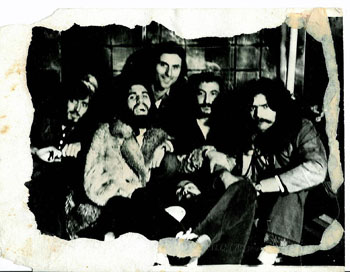
I got an opportunity to write music that was different from what other bands played at that time (1971-72), as well as a possibility of breaking styles and blend jazz, classical, rock.
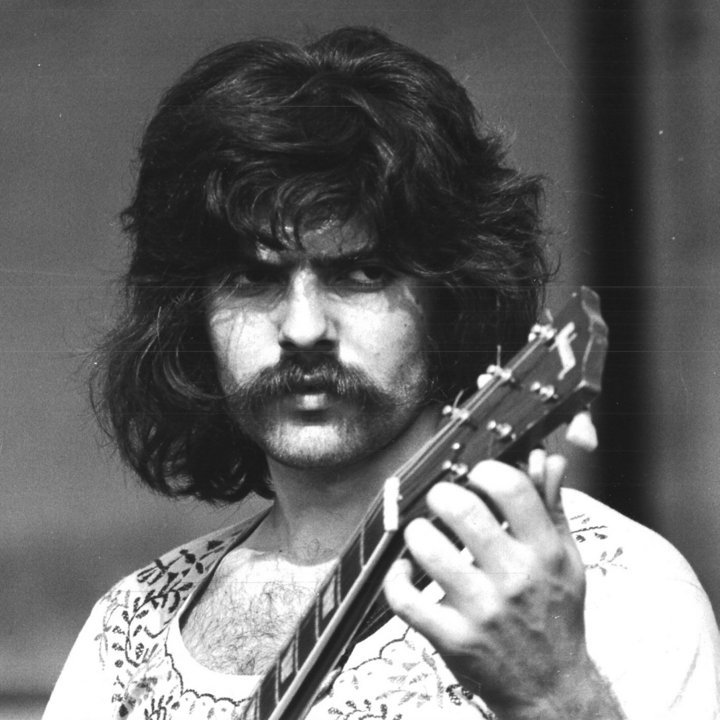
What influenced the band’s sound?
As I said the music came out from the formation and my musical background and not from some other band’s concept.
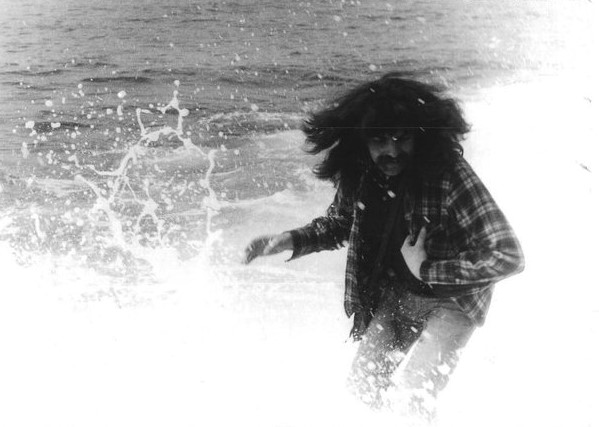
How did you decide to use the name after a piazza in your native Florence?
I was not born in Florence, but in Leghorn. When we started playing together we performed almost every week under a different name because we couldn’t find something appropriate. Once we used a name that was so absurd that might have been the right one…
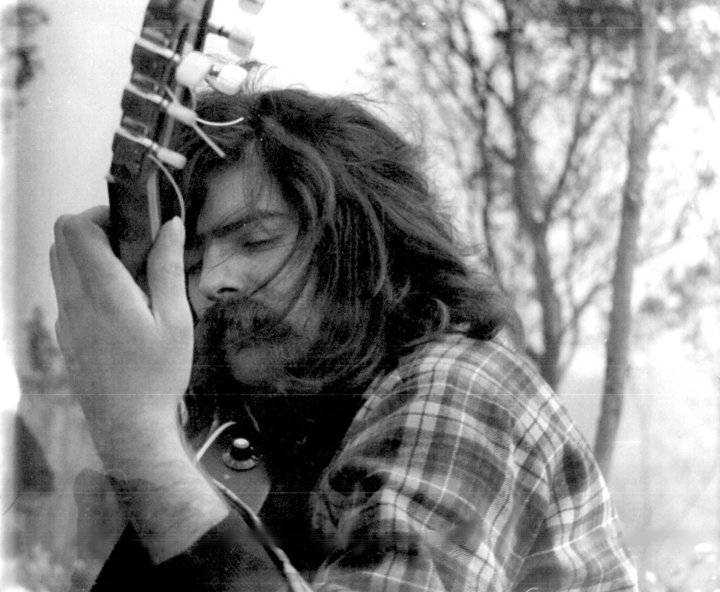
The idea was given to us by Paolo – one of the Space Electronic owners. However the name Campo di Marte was given to the band after having recorded the LP. We had a meeting with Gian Borasi (Italian director of United Artists). There we discussed the name of the band and at the end he asked us if we could name ourselves after some parts of Florence. When Campo di Marte was mentioned, he said that’s it. The other guys from Florence didn’t like the name because it was too normal. I actually thought it was OK and could give the opportunity of reference to Marte, the god of war and campo, a field… war against the war.
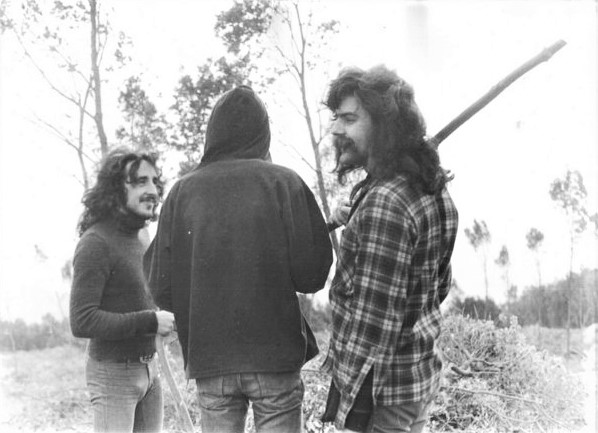
How did you get signed to United Artists Records?
Carlo Felice Marcovecchio who had been drummer of Califfi knew many producers in Milan’s record companies and he got us in touch with Gian Borasi (UA director). Gian was looking for a new project and he came to Florence to listen to us play. Gian and I became a very good friends and we met very often when I was in Milan as a session man for many different productions. Gian liked at once the music I had done, as well as the sound of the band. He convinced the American United Artists and the Italian Messaggerie Musicali and CBS / Sugar to sign us.
What’s the story behind your self-titled album from 1973? Where did you record it? What kind of equipment did you use and who was the producer? How many hours did you spend in the studio?
Once the contract with UA was done we got a week in Milan. This was at the beginning of January 1973. The studio had mixer and 8 tracks tape recorder Telefunken plus some other stereo Studer’s.
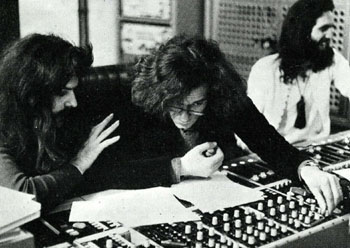
The studio chief was Berlinghini, a very good technician who had designed the studio that, at the time, was the most used by CBS. We were recording from the morning to the late afternoon every day. Massimo Villa was added as a producer by Gian Borasi and he was a great help, especially in the first part of the recording. During the mixing we were working very well together. Berlinghini extremely helpful, due to his great experience as well as knowledge of the equipment and sound techniques.
“The music was telling a story”
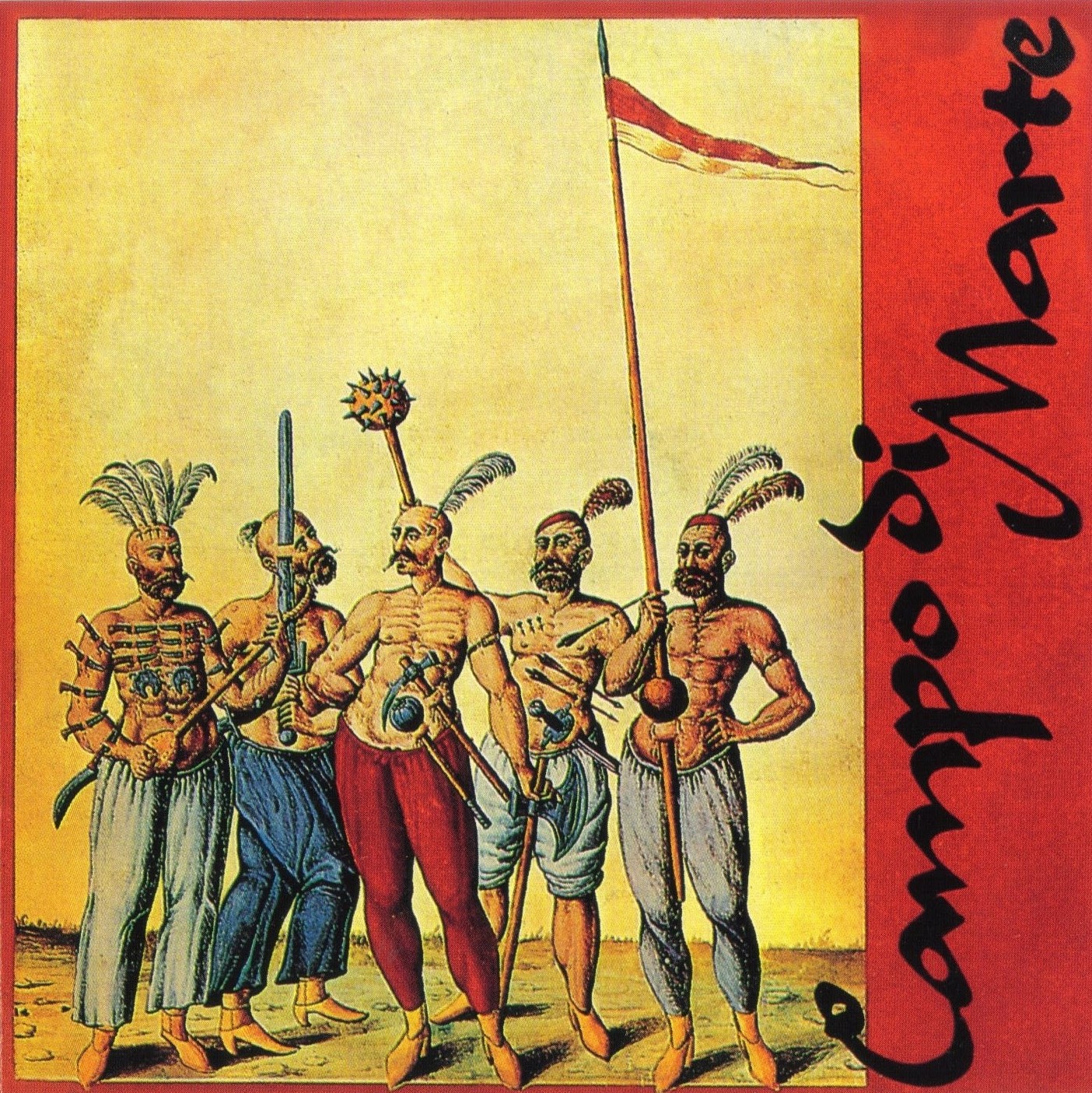
Was there a certain concept behind the album?
Absolutely! The music was telling a story. Menestrello with his guitar is coming to town to tell a story about a joyful society living peacefully and in harmony. All of the sudden they were attack by dark powers. At the end, Menestrello left the town. That was the original idea, but Gian Borasi released side B where the heavy part starts. He wanted to impress the American and Italian bosses.
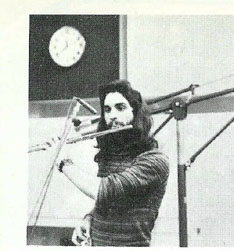
A became B side and vice versa. I was not happy about it because it changed the idea of the composition therefore titles where changed to primo tempo, secondo tempo et cetera instead of the original. After BTF 2003 release of ‘Concerto Zero’, Mathias Sheller under AMS released a CD of the first Campo di Marte in the real order with the original titles. Nowadays when people just download a track from an album there’s no understanding for a musical production, which has a story and meaning that is clear only if you’re listening carefully to the whole idea.
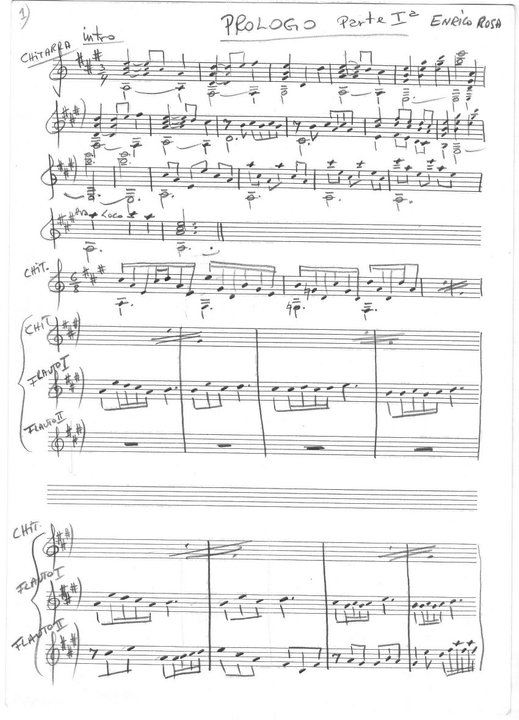
Did you do any shows or even tour?
The band actually stopped after recording it. This was in January 1973. I started a new group in Leghorn with the same name, but now playing jazz fusion compositions of my own, inspired by Miles Davis. With this band we toured in Italy until June 1974. At the very beginning we had some problem with a gig in San Remo where they were expecting us to play the music of the recorded Campo di Marte. We didn’t play anything of Campo di Marte album, that was dumb of me, but I was young and my stupidity determined to play only my new music avoiding completely the earlier production. The following gigs were ok and the new music was welcomed from the live audience. We recorded a new studio live production with this concept, but CBS / Sugar had in the meantime taken over UA section and was only interested in very commercial music. Our recording was called “too futuristic” and not to be sold. Gian Borasi tried his best but he didn’t have enough weight on the decision.
That made me mad and I left Italy.
You became a session musician playing for Gianni and Marcella Bella. You also appeared on several productions by CBS and UA working in studios and concerts with Ares Tavolazzi, Capiozzo (Area), Tullio De Piscopo et cetera.
From 1972 to 1976 I was session man for CBS. Ariston upon others and I use to work together at the studio with Ares Tavolazzi, Tullio De Piscopo and violinist Goran Marianovic who became a part of the orchestra at La Scala. Ares invited me to jam with Area at live concerts and in a trio with Giulio Capiozzo on drums. We did some concerts once also with Demetrio Stratos. We should have continued but I left Italy and I remember Giulio Capiozzo writing to me in Denmark but at that time I was working in hotels, earning money to move to the USA and I couldn’t see any possibilities to play experimental music in Denmark.
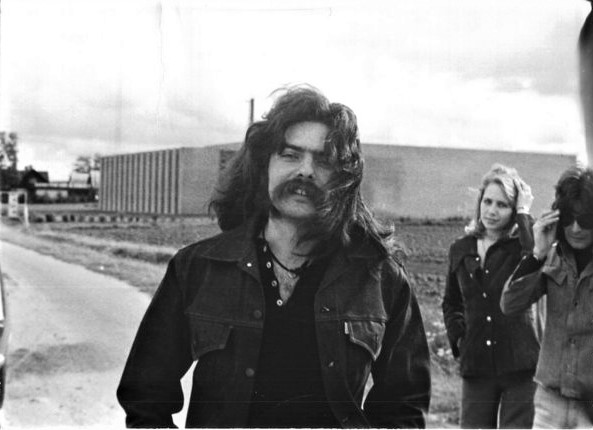
When did you move to Denmark?
In June 1974. Then I got back to Milan for some studio jobs and I stayed for a period playing with a band in Genova. It was with Renato Rosset from New Trolls. Then I returned to Denmark and went on to Norway and Germany. This was until March 1976 when I got back to Italy playing for Checco dei Giganti. There I toured with the band until the austerity period made it impossible to continue living playing music in Italy. For Christmas 1976 I was back in Denmark where I actually settled in 1977 when my son was born.
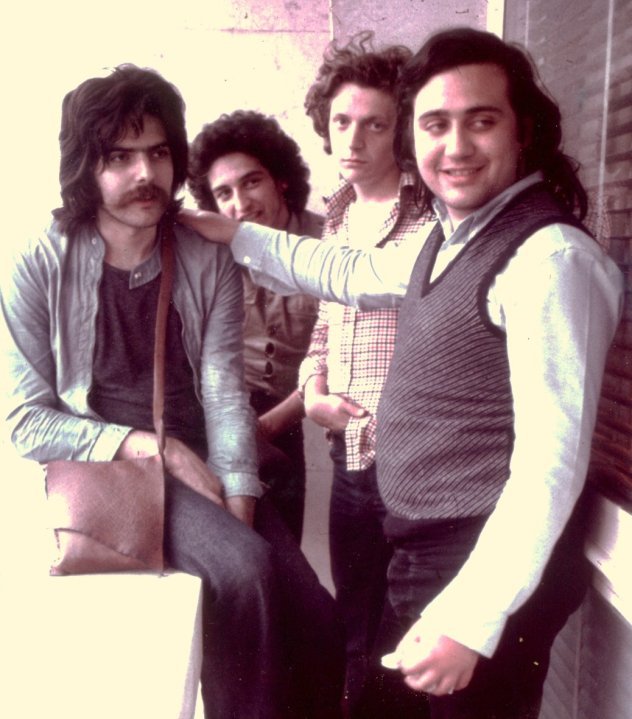
You were active there with jazz musicians such as Max Leth, Hugo Rasmussen, Jesper Lundgaard, Ole Kock Hansen, Niels Jørgen Steen, Willy Egmose, Hans Esbjerg.
When I settled in Denmark I had some solo gigs and band gigs in Norway until Summer 1978. Then I decided to stay in Denmark where I got lots of solo jazz gigs. I was offered to teach at the Conservatory in Esbjerg in the west of Denmark. From then I was invited to some TV and Radio shows as soloist where I played with legendary Max Leth (pianist and vibraphonist) and bassist Hugo Rasmussen. In the following time I did a concert with bassist Jesper Lundgaard, pianist Ole Kock Hansen, Jørgen Steen and saxophonist Jesper Thylo. Pianist Hans Esbjerg was one of my students at the Conservatory attending to my theory and improvisation classes. Then he asked me to play with him at some gigs which we did. In the eighties I had a jazz trio with drummer Michael Justzak and contrabassist Per Kruse Hansen. We played a lot of jazz gigs around Denmark, also at the legendary Jazz Club Montmartre.
Would you like to share a few words about your solo album from 1980, ‘Eureka!’?
‘Eureka’ was released after a TV show in January 1981, where I was soloist accompanied by bassist Hugo Rasmussen and pianist Max Leth. Just after the show I was contacted by producer Jan Eliasson who wanted to do an LP with me solo and that was what we did. The recording was just like a solo live concert where tracks where recorded in one take. I was playing at the time on a classic Ovation going through a Chorus which gave the instrument a different sound. Jaco Pastorius inspired me when I used harmonics. That was also due to the fact that the guitar didn’t have a good acoustic sound and I didn’t have a better acoustic at the time. After ‘Eureka’ I was offered by Yamaha Scandinavia to play on their products and do concerts around Denmark. In that period we produced a recording on cassette called ‘Made By Wind’ of which I don’t have anything left. I tried some years later to release the work on CD but the master tape was too old.
On your 2002 album ‘Passione & Musica’ you were collaborating with Torben Bøtker Bjørnskov, Frank Thøgersen and Alexandr Matin Sass. How did that come about?
I didn’t released an album after the 1983 release of ‘Made by Wind’. In 1999 ‘Guitar Versatile’ was released consisting of mostly popular music due to the fact of earning money for two kids and a wife. My music activity was playing in orchestra at theaters and sometimes with symphonic orchestra with soloist like Sara Brigtman or recording for film music once with Ron Goodwin as well as teaching. After I was divorced in 2000, I was married with Eva who is an educated classical flutist. She gave me the opportunity to be a musician again. I recorded ‘Passione e Musica’ like a wake up call to say “hey! I am back again”. From there concerts and music productions started again. Torben Bjørnskov and I did some concerts together after the recording and I played with Sass (Alexandr Matin) on hotel’s gig but soon after on ‘Concerto Zero – Campo di Marte’ where Eva is also a part of the lineup. She’s on recorders and wind synth WX5.
“My approach to the guitar was different from what other people expected”
You have a very unique style of playing. Give us some insights on developing your technique.
As I said earlier my approach to the guitar was different from what other people expected. I always wanted to use the guitar beyond stylistics boundary as a complete instrument to create music. The classical technique was not enough and only the plectrum was not complete for the instrument. I developed a right hand finger and pick combination, while the left hand was based on mostly the classical approach. I use this technique to play on acoustic / classical or electric guitar and been able to play monophonic as well as polyphonic… play on harmonics or special compressed sounds combining plectrum and finger nails etc.
In October 2002, in Boston (USA), together with pianist Ferdinando Argenti recorded a jazz album ‘To The old Friendship’.
Ferdinando and I go back to 1977, when I took him with me to Norway and Denmark. We always wanted to do music together and move to the USA, but that was not possible for me, so he moved to Boston where he graduate at Berklee and there he played with many legendary jazz musicians. I’ve been thinking to join him there many times but it was not possible until I moved together with Eva. We got a plane to Boston and recorded the album ‘To The old Friendship’ then some years later ‘Boston Gig’.
What can you tell me about ‘Concerto Zero >> Live 1972 / 2003’?
BTF with Massimo Buffa and Mathias Scheller contacted me with a wish to release an anniversary album by Campo di Marte. I had demo recording from 1972 at the Space Electronic which was recorded with a mike in front of the stage during a gig. This demo gave us the opportunity for the contract with UA. Some melodies became instrumental and some new were added. BTF wanted to do a double CD with the bootleg from 1972 as first CD, and a live concert from 2003 which took place at Pelago festival on the road in Tuscany not far from Florence. We played there but the traffic to Pelago was blocked and the mobile studio “Larione 10” with Sergio Salaorni couldn’t get in… the only one who recorded the concert was Valentino Flesca who came from Milan to record a DVD. The sound of the last track in Pelago was added to the recording which was taken the day after at La Terrazza – Ronta (Firenze). Here we played just for a few collectors of Sezione Musica from Leghorn who wanted to be at the recording. So we played and recorded live but not with a large audience like the day before, where two of Campo di Marte’s fans Sigheo and Kumiko from Tokyo, Japan came to Florence.
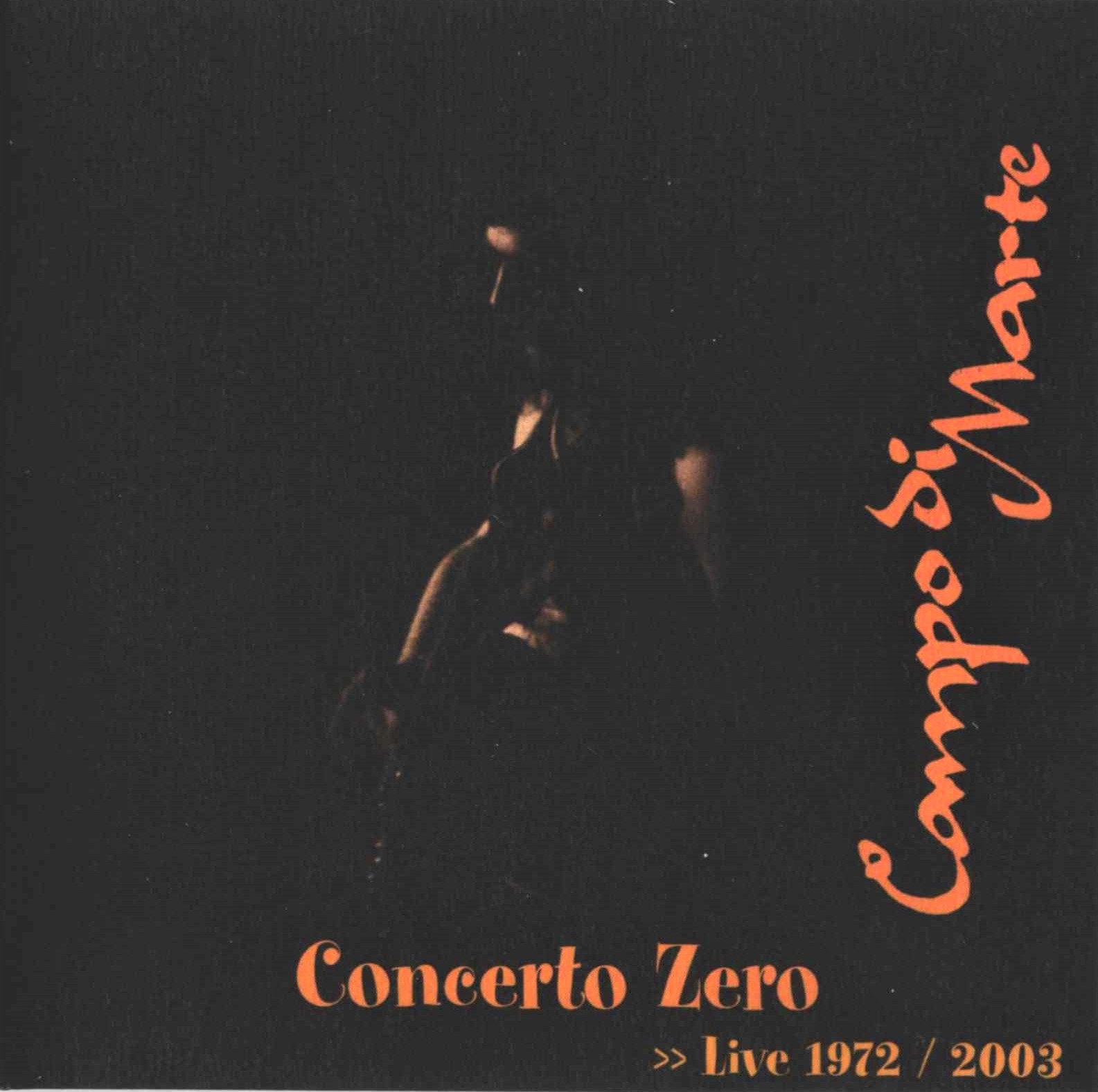
Did you collaborate with any other Italian bands?
I knew personally Area and I jammed with them as well as doing concert with Ares Tavolazzi, Giulio Capiozzo. We played with Leghorn’s Campo di Marte line up a concert where both bands were playing. This happened at Leghorn Palace Sport in late 1973. We played with Banco del Mutuo Soccorso in Florence area in 1972 when we weren’t yet called Campo di Marte. There I was asked by Francesco Di Giacomo to join the band but I had to say no, which I did again in 1974 when he asked me again. I was on my way to Denmark. I liked Francesco as a singer as well as the style of the band but I didn’t se myself being part of that project. I knew PFM and I met their agent in Milan in 1973 but we didn’t get to any agreement of cooperation. Later on in 2004 Iaia Capitani (Franz di Cioccio’s wife and PFM manager) wanted to manage Campo di Marte and Eva and I did some concert as Rosae from Campo di Marte, opening PFM concerts a few times in the summer when we were in Italy.
What are some of your albums and collaborations that you are most proud of?
Rosae, ‘The Incredible Journey’, ‘Classico Atipico’ with Eva and ‘To the Old Friendship’ with Ferdinando Argenti. Actually there was a production with violinist Goran Marianovich in Milan back in 1973-74 but it was unfortunately never released. I’m very proud on my new collaboration with Doctor Django and his Nurses where I write all the music and play the guitar on the Live LP ‘You Are My Valentine’.
What currently occupies your life?
I play with Doctor Django. We have done tours in France, Germany as well as in Denmark but due to COVID-19 we had a very few performance. A few streaming concerts and a few concerts with very reduced audience. Eva and I work on our concert concept and we teach at music school. Eva at Odense music school and I at Kolding music school.
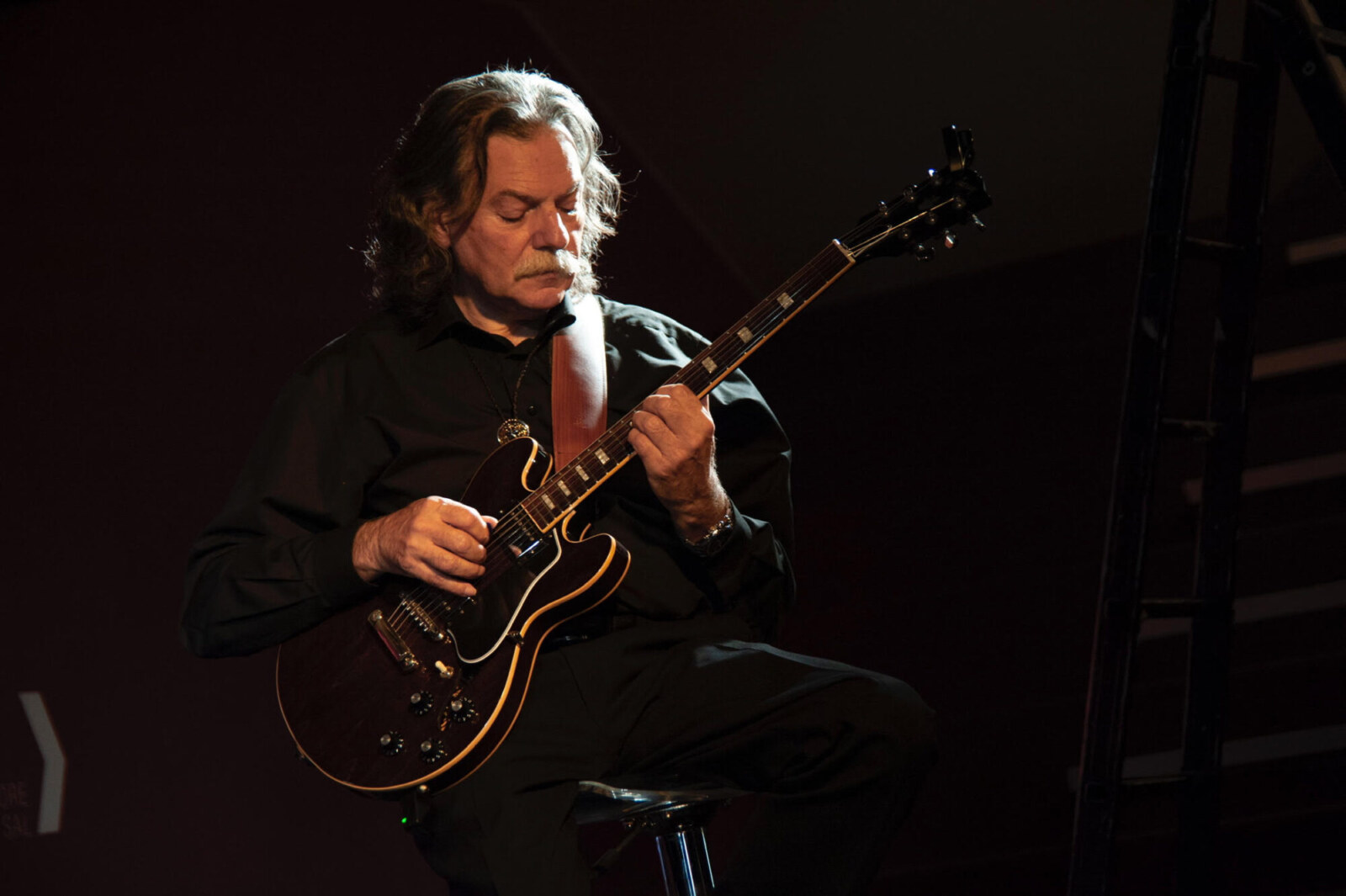
Thank you for taking your time. Last word is yours.
Thank you very much, Klemen. Music has been and is my life and it will continue to be like that.
Klemen Breznikar
Campo di Marte Official Website
All photo materials are copyrighted by their respective copyright owners, and are subject to use for INFORMATIONAL PURPOSES ONLY!




Thanks for the unknown band !!